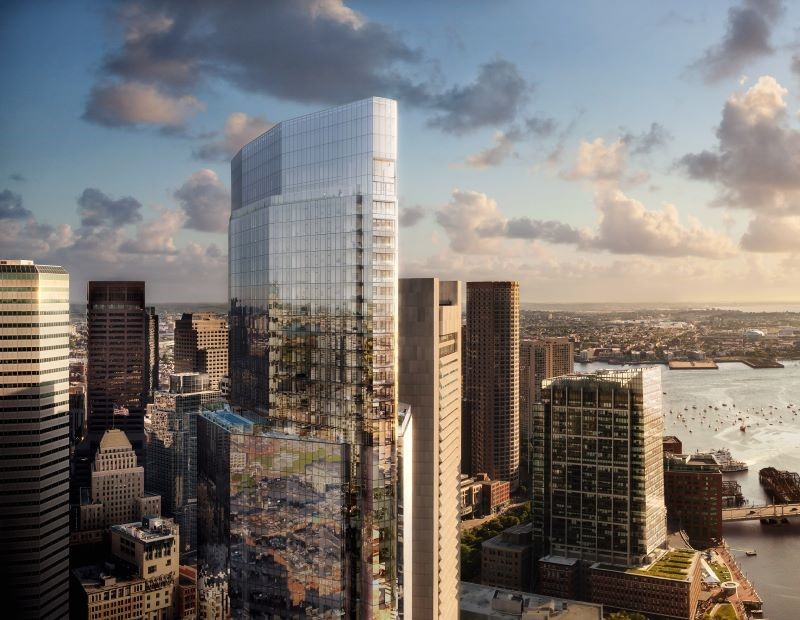How Much Will Investors, Lenders Reduce Activity?
As uncertainty decreases later this year, two sectors will stay in the spotlight, according to CBRE’s latest survey.
In the face of rising interest rates, uncertainty around the economy and how these factors are hitting property values, commercial real estate investors and lenders are planning on reducing their activity this year to a significant degree, according to the just-released 2023 U.S. Investor & Lender Intentions Surveys from CBRE.
Survey respondents nonetheless said “they will largely maintain their capital allocations to the commercial real estate sector this year, signaling that abundant capital will support increased investment activity as uncertainty abates later in the year,” the report states.
In brief, among the investors and lenders that were surveyed:
- Multifamily and industrial were the most preferred sectors
- There is a strong preference for dynamic secondary markets, particularly in the Sun Belt
- The adoption of ESG criteria remains high, but the current economic environment is impending implementation
To look a bit more closely, almost 60 percent of investors expect to purchase less real estate this year than last, versus only 15 percent who anticipate purchasing more. And about 60 percent of investors are also reluctant to sell assets, because of decreases in market value.
READ ALSO: These REIT Sectors Face Slower Growth
Likewise, about 60 percent of lenders anticipate decreasing their lending this year, though only 10 percent expect to substantially reduce their allocation to CRE.
CBRE predicts that total investment volume in 2023 will fall by about 15 percent from last year but adds that “as Federal Reserve policy and economic conditions become more predictable around midyear, we expect investment lending activity to recover.”
Money and markets
Regarding specifics on the Fed and the economy, majorities of both investors (71 percent) and lenders (86 percent) foresee the year-end 10-year Treasury rate to be between 3.0 and 4.5 percent.
The metro areas favored by both investors and lenders are Atlanta; Austin, Texas; Charlotte, N.C.; Dallas/Ft. Worth; Los Angeles, Miami/South Florida; Nashville, Tenn.; and Raleigh-Durham, N.C.
Although three-quarters of the lenders surveyed have adopted ESG criteria, 44 percent stated that the current economic situation is impeding implementation. More than 80 of U.S. investors, however, told CBRE that the current macroeconomic climate will not affect ESG adoption.
Cap rates (24 percent) and exit strategies (20 percent) top the list of areas where lenders say their pro forma underwriting assumptions will change this year.








You must be logged in to post a comment.